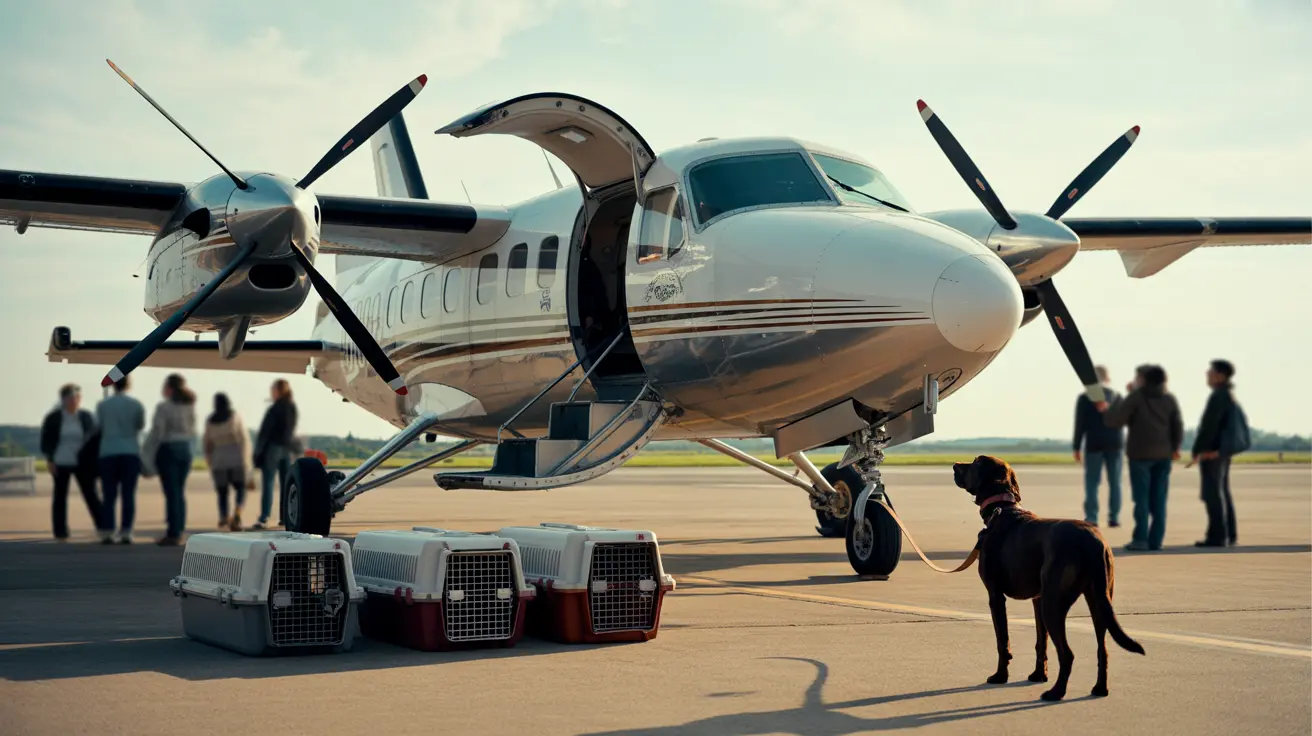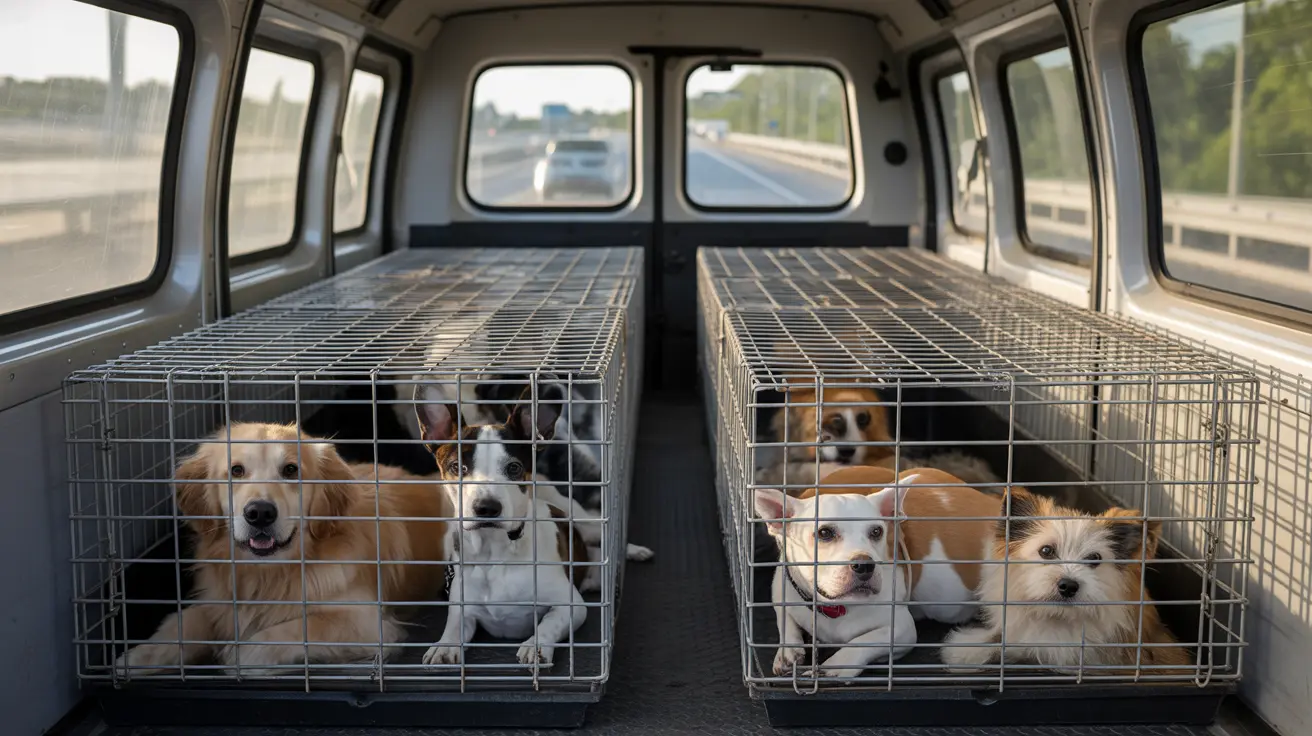How to Cover a Cat Litter Box Effectively
Keeping a cat litter box both functional and discreet can be challenging—especially in a household with multiple pets. Cats need privacy, while dogs often find litter boxes oddly appealing, posing hygiene concerns and behavioral issues. One efficient and customizable solution is creating a covered litter box using basic household materials.
Why Cover a Cat Litter Box?
Covering a litter box helps address several common issues:
- Prevent dogs from accessing cat feces, reducing health risks.
- Contain litter to minimize messes around the box.
- Provide privacy for cats, encouraging consistent use.
However, many commercial litter boxes are either too small for large cats or too accessible to dogs. That’s why a do-it-yourself solution can work wonders.
DIY Covered Litter Box Using Storage Crates
This solution is ideal for households where commercial options fail to meet specific needs.
Materials You'll Need
- 1 large 30-gallon storage crate
- 1 medium 18-gallon nesting storage crate
- 1.5-inch hole saw and drill
- Jigsaw for door openings
- Scrap wood and four wood screws
- Small mat or carpet remnant
Assembly Steps
- False Floor Construction: Build a removable wooden base to stabilize the smaller crate inside the larger one, keeping edges from aligning directly to block dogs' access.
- Cut Entry Holes: Make an opening in the crates tailored to your cat’s size (e.g., 5.5 in. wide x 8.5 in. tall), small enough to prohibit dog entry.
- Smoothing Edges: Use sandpaper or files to carefully smooth all cut edges to prevent injury.
- Add Lighting (Optional): Cut holes in the top for light if your cat dislikes dark, enclosed spaces.
- Final Touches: Place a mat inside the foyer area to catch litter and simplify cleanup.
Alternative Ways to Restrict Dog Access
If DIY isn’t for you, consider these other strategies:
- Baby Gates or Pet Gates: Install gates with cat-sized passages to block dogs.
- Door Props: Keep doors open just enough for cats, using special latches.
- Microchip Pet Doors: Advanced systems allow only your cat to enter; ideal for high-traffic homes.
- Elevated Placement: Keep litter boxes on counters or shelves outside dog reach.
- Custom Furniture: Use furniture with barriers or hidden compartments designed for litter containment.
Health Risks of Dogs Eating Cat Litter
Dogs may be drawn to cat feces due to their high protein content and strong smell. However, this poses several threats:
- Bacterial Infections, including salmonella.
- Parasites such as roundworms or toxoplasma.
- Allergic Reactions or intestinal blockages, especially with clumping litters.
- Symptoms of Ingestion include vomiting, diarrhea, lethargy, constipation, appetite loss, and foul breath.
Training Dogs to Avoid Litter Boxes
Training can be part of the solution:
- Use positive reinforcement to teach commands like “leave it.”
- Supervise access and correct behavior consistently.
- Note that training may not always succeed when you're not home.
Cat Preferences for Litter Boxes
Cats typically prefer:
- Private and quiet areas with little foot traffic.
- Multiple exit routes for a sense of security.
- Gradual changes to location or design to reduce stress.
While some covered boxes deter dogs, they may deter cats too. Enclosures without clear escape routes or those that feel cramped may lead cats to eliminate elsewhere.
Best Practices for Success
- Choose the right materials and design based on your pets’ size and behavior.
- Monitor all pets initially during the transition phase to assess acceptance.
- Maintain cleanliness to keep the box inviting and safe.
- Consult a vet if you suspect your dog has ingested cat litter.
By tailoring a covered litter box setup to both pet safety and feline comfort, you can foster a healthier, more peaceful home for everyone involved.





